Globally Important Agricultural Heritage Systems (GIAHS) related to tea
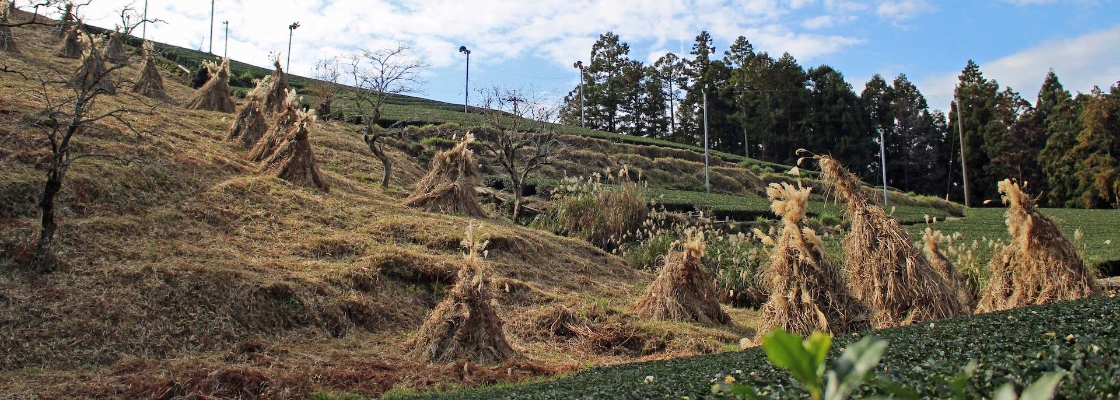
MENU
Name of System: Pu’er Traditional Tea Agrosystem
云南普洱古茶园与茶文化系统
Area: Yunnan Province, China
Date of recognition: 5 September 2012

The origin of tea in Yunnan Province
Yunnan Province in China is said to be the birthplace of tea, and is also the starting point of all the Tea Horse Roads of the ancient world. It is truly the center of the tea world. The traditional tea industry of Pu’er has a history of more than a thousand years, and tea not only contributes to biological diversity, but also supports people’s livelihoods, with the culture of tea deeply rooted in people’s lives.
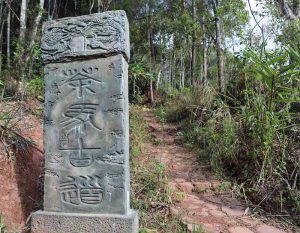
Ancient forest guardians
In the forests of Yunnan Province, ancient tea plants grow in the wilderness, unaided by pesticides or chemical fertilizers. People produce tea taken not only from cultivated tea gardens, but also from the wild tea plants. Such plants also play an important role in forest conservation.
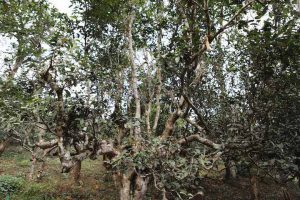
The canopies of wild tea plants reflect and absorb large amounts of light, effectively regulating the environment on the surface of the ground. The canopies also stop rainwater from concentrating in one place during heavy rains, helping to prevent flooding.
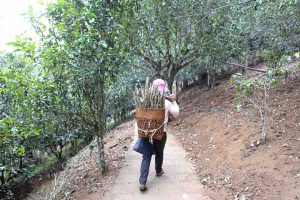
Many ethnic groups such as the Hani and Bulang live in Yunnan Province. Each group has its own tea-based etiquette, art, songs, cuisine and traditions that have been passed down through the generations. Be it at a wedding, funeral, religious event or daily use, tea has become an integral part of people’s lives.

Mountain agriculture is the main livelihood of people in the region, who also produce tea, rice, corn, winter wheat, beans, root vegetables and oil crops. Pu-er tea is sold all over the world, contributing to the local economy.

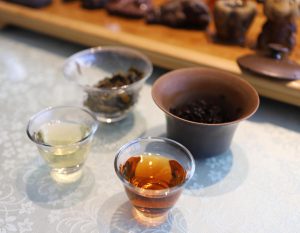
There are many tea-related facilities in Pu’er City, such as The Pu’er Tea Museum, China Pu’er Tea Exhibition Garden, Pu’er Tea Horse Road Scenic Spot, etc..
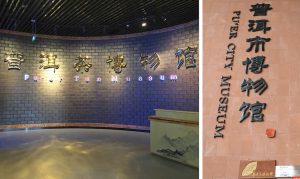
Tea related facilities:
中华普洱茶博覧苑
普洱茶博物
茶马古城旅游景区
那柯里茶马古道
Reference:
The Food and Agriculture Organization (FAO), GIAHS Globally Important Agricultural Heritage System
http://www.fao.org/giahs/en/
FAO, GIAHS Globally Important Agricultural Heritage System, Pu’er Traditional Tea Agrosystem
https://www.fao.org/giahs/giahsaroundtheworld/designated-sites/asia-and-the-pacific/puer-traditional-tea-agrosystem/en/
農林水産省HP、世界農業遺産Globally Important Agricultural Heritage Systems (GHIAS)
http://www.maff.go.jp/j/nousin/kantai/giahs_1_1.html
*The information provided on this site may be updated. If you find any information in this article that is incorrect, new, or incomplete, please contact CHAMART.
#GIAHS #puertea